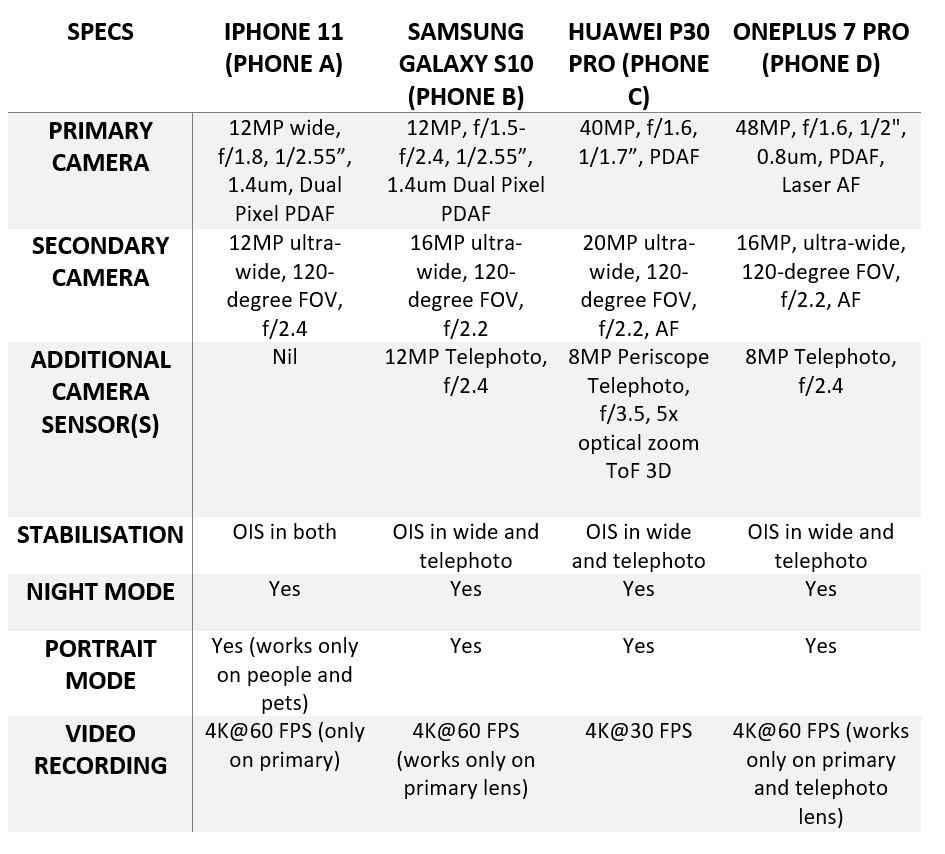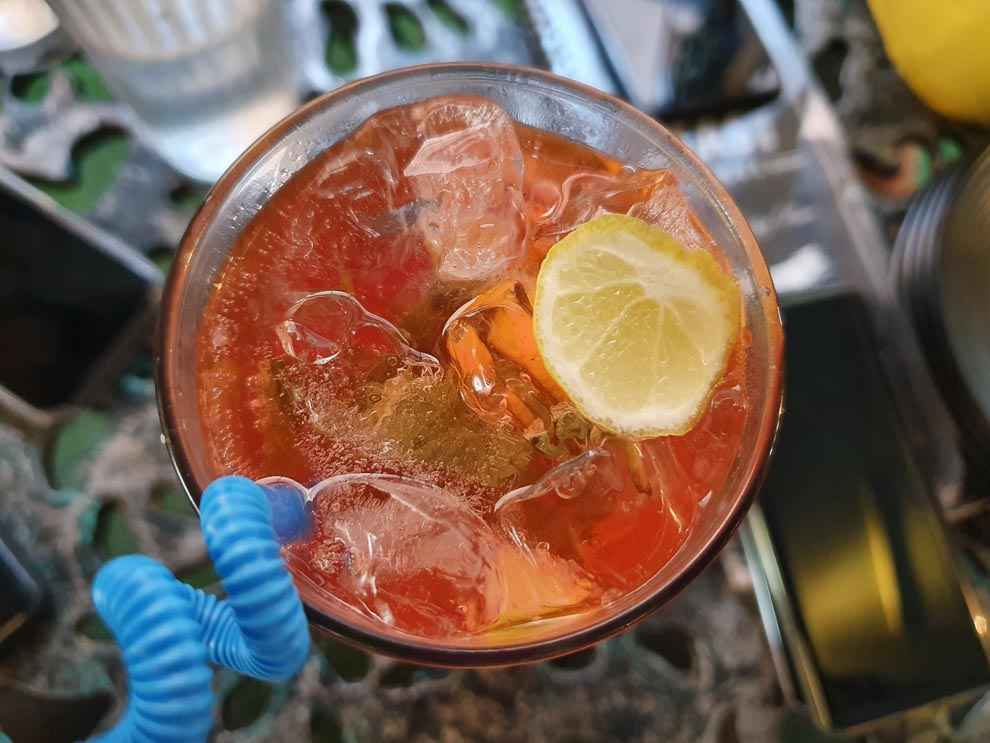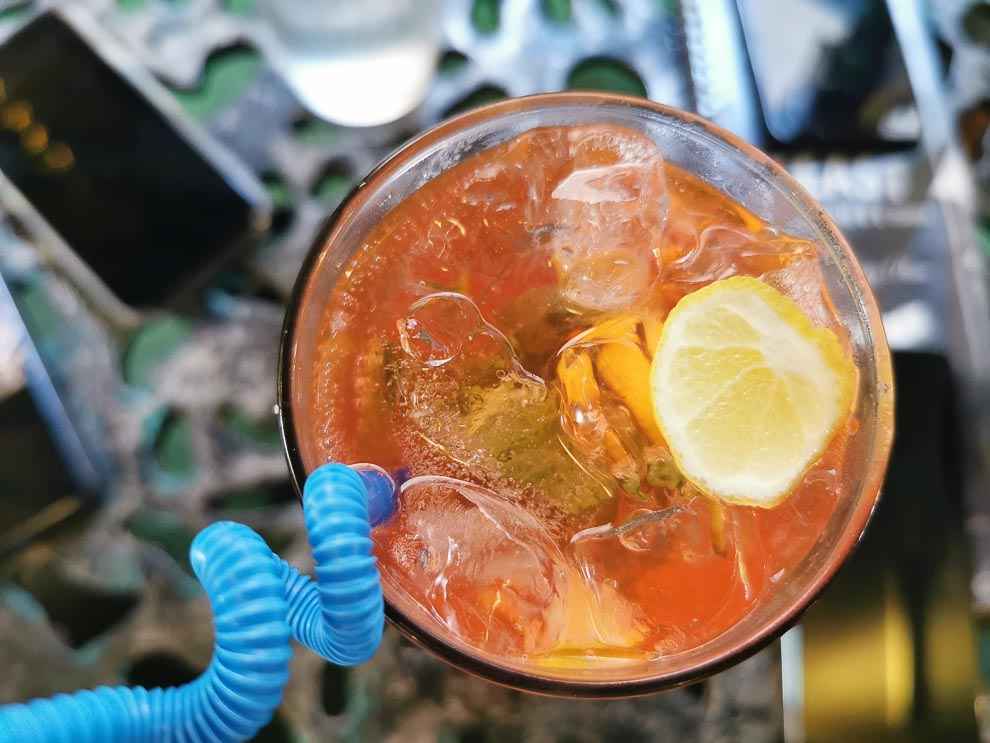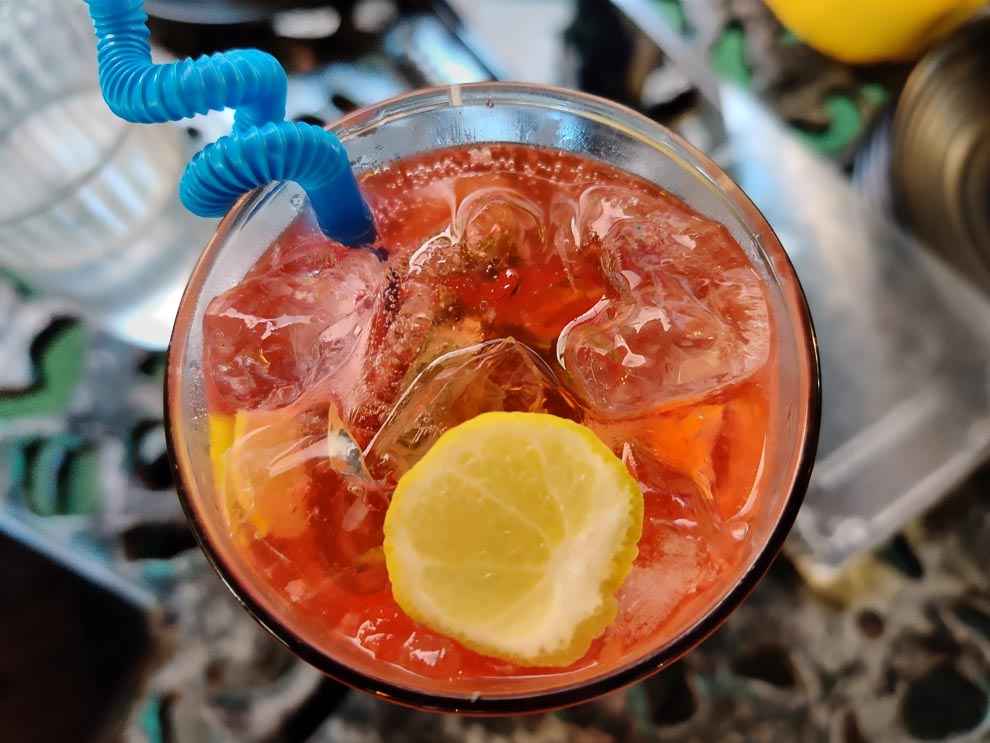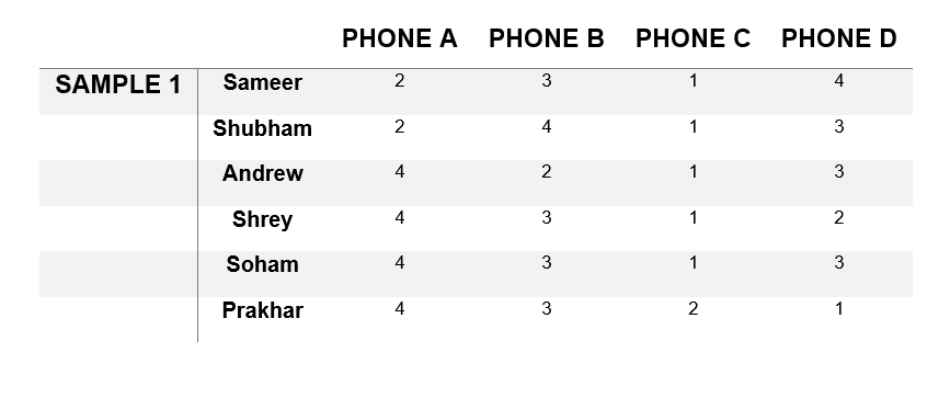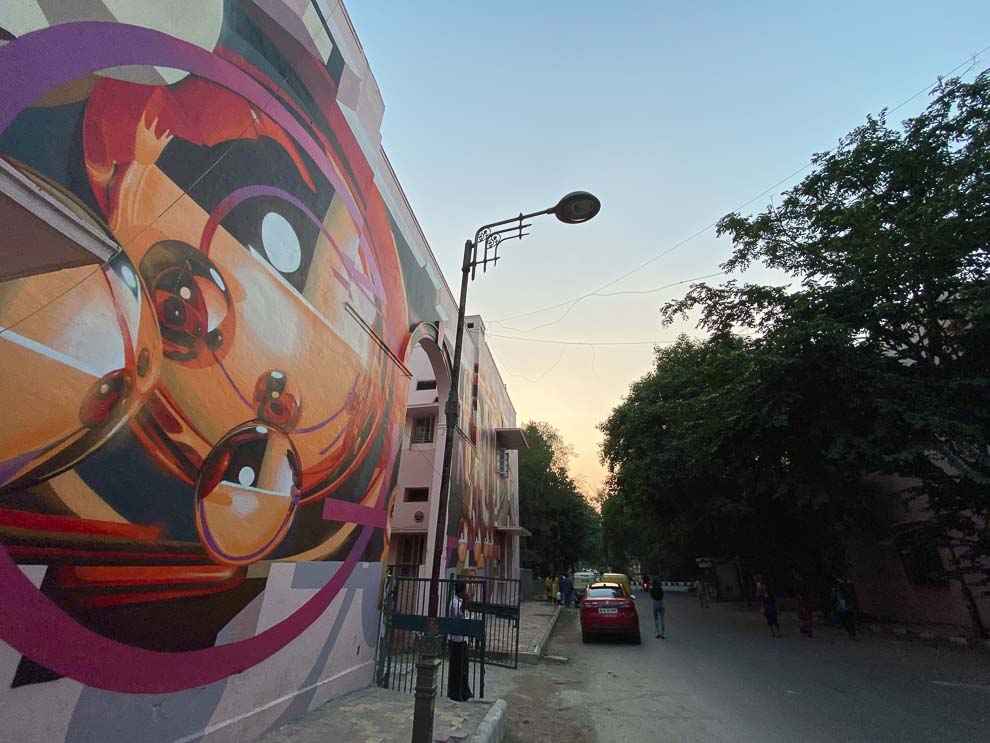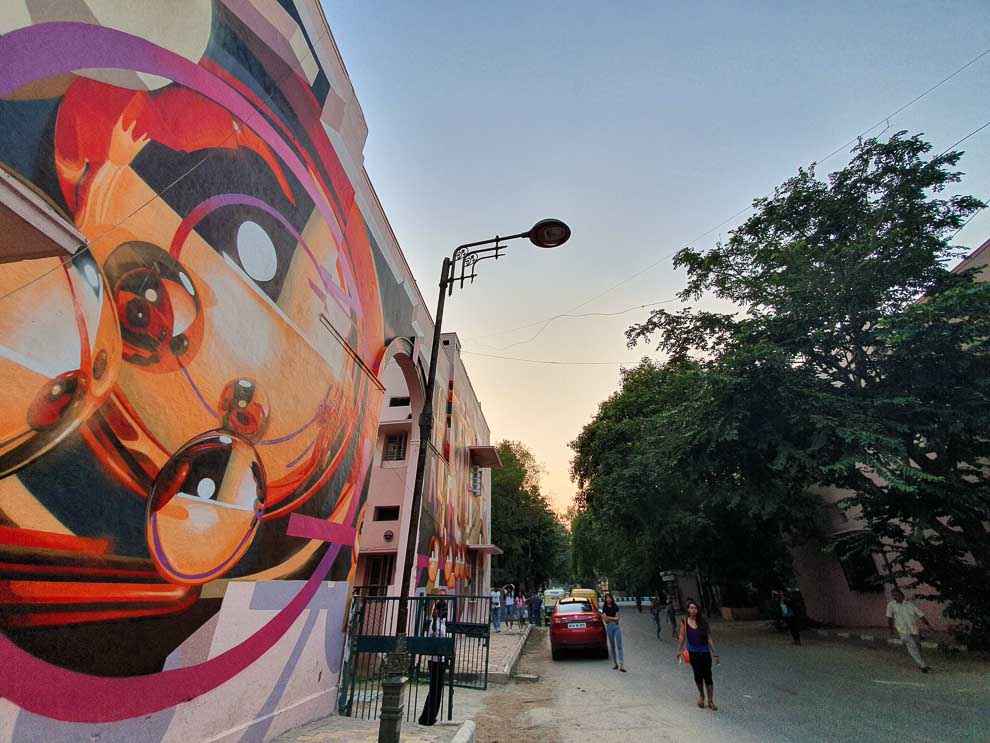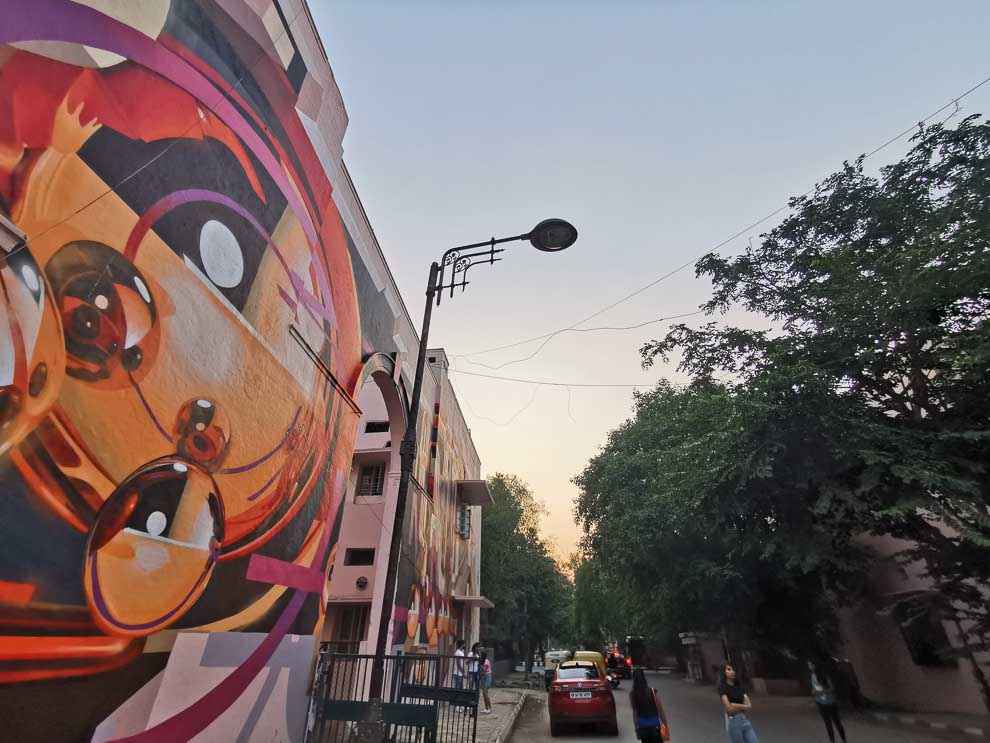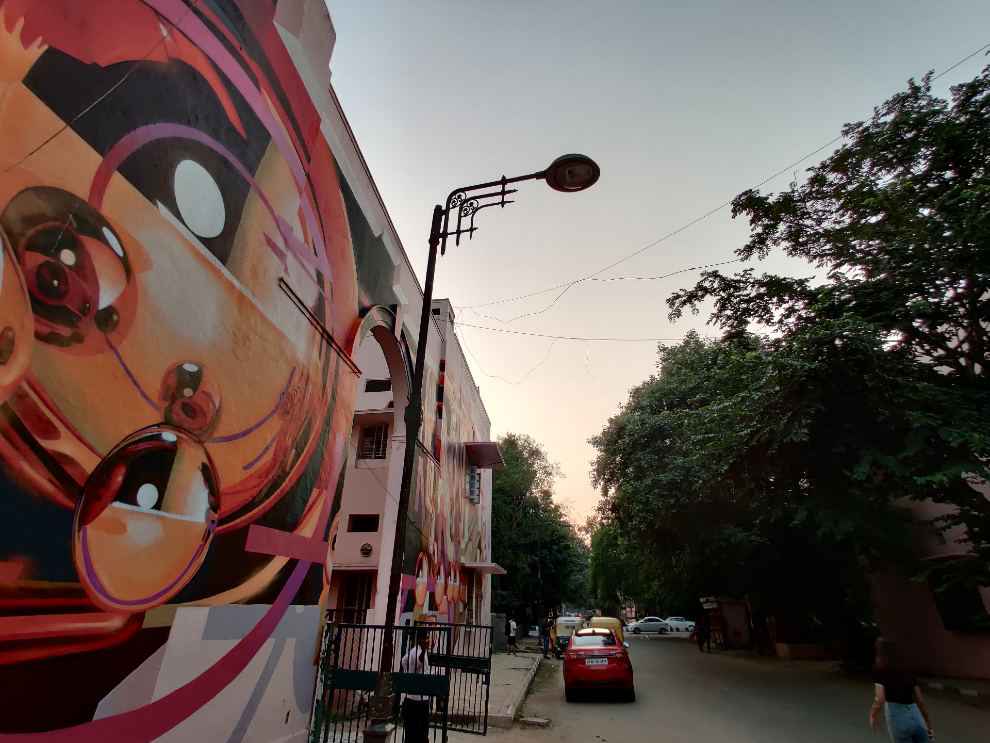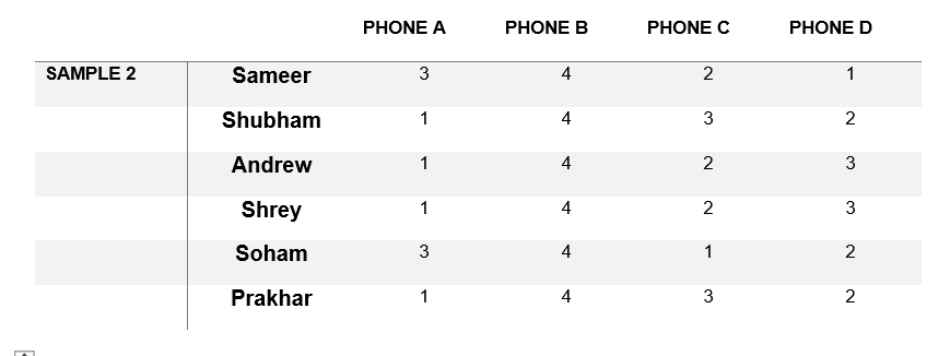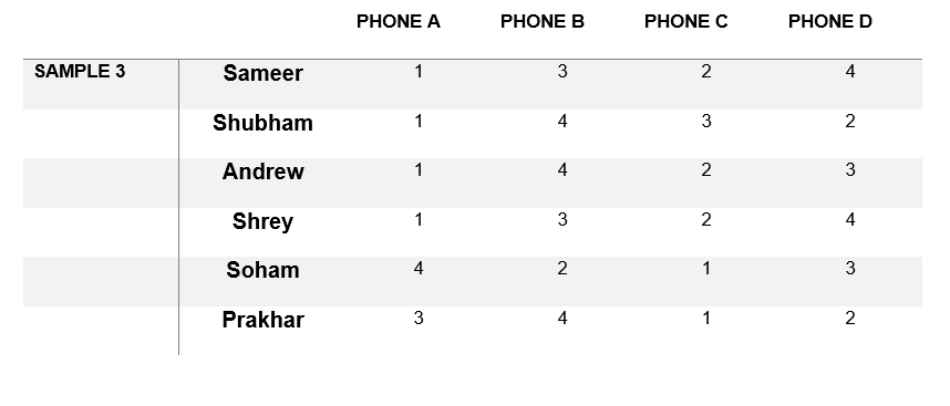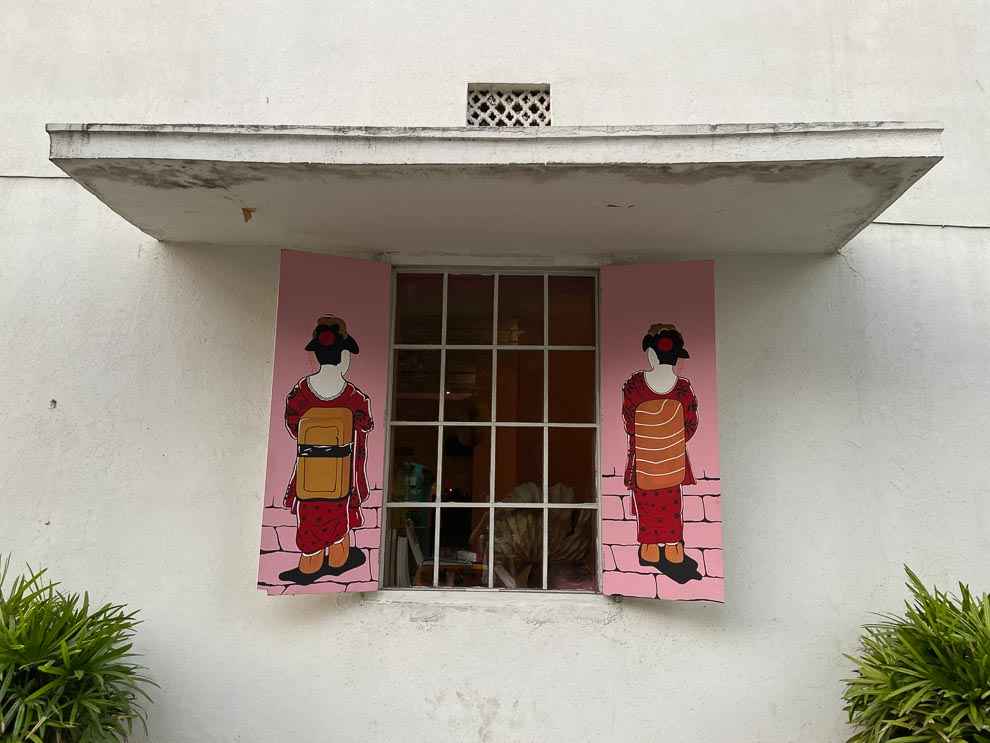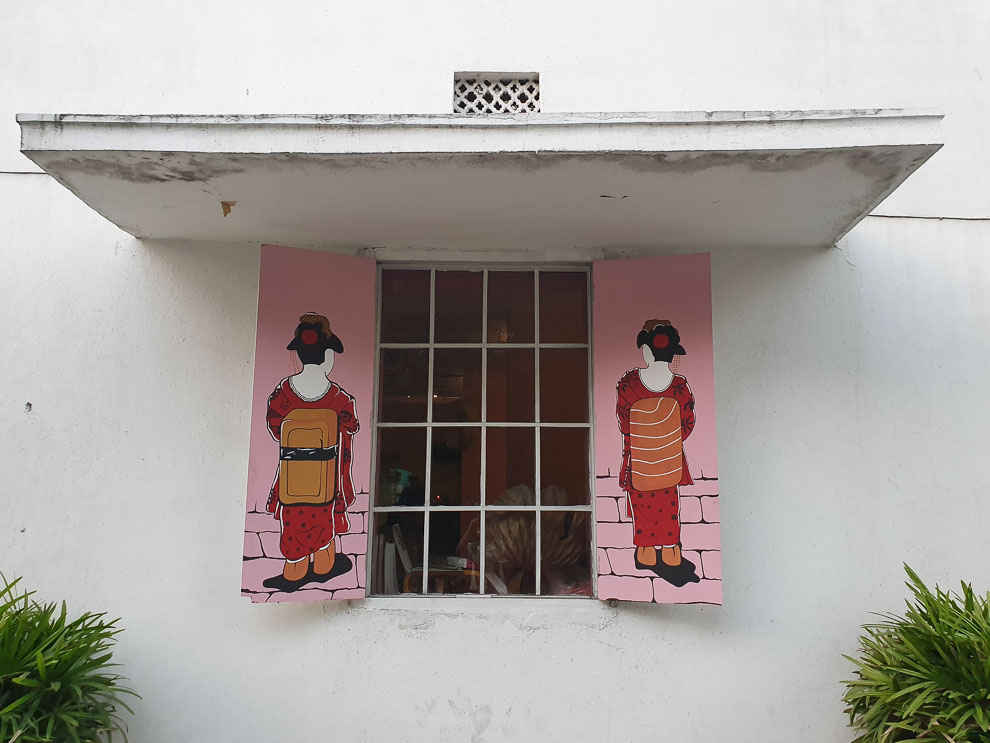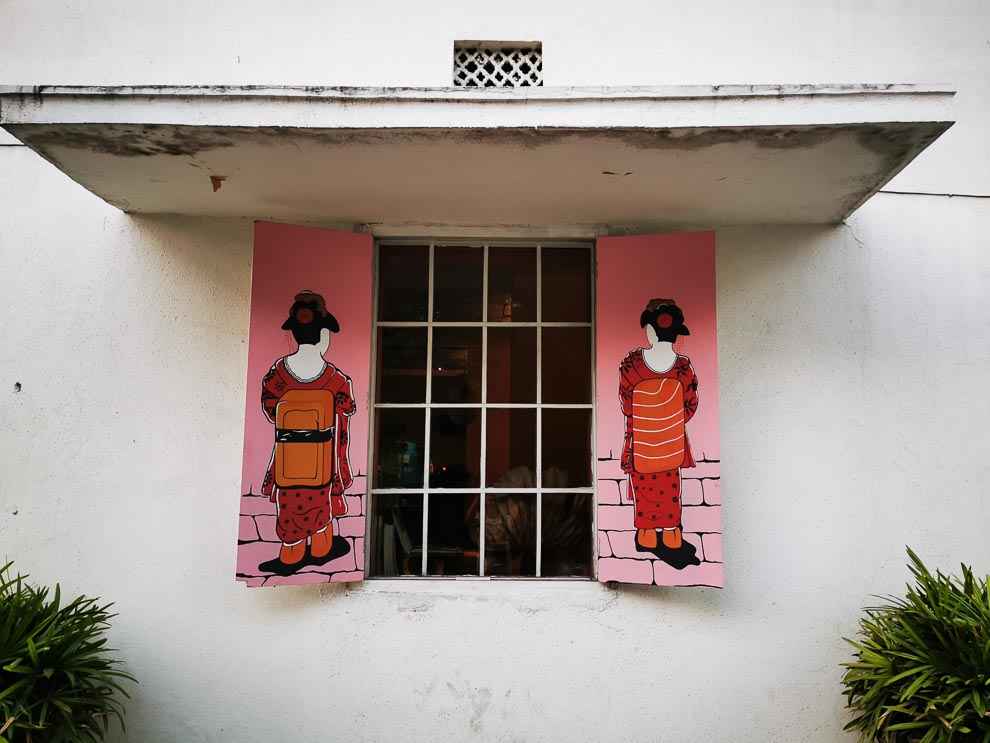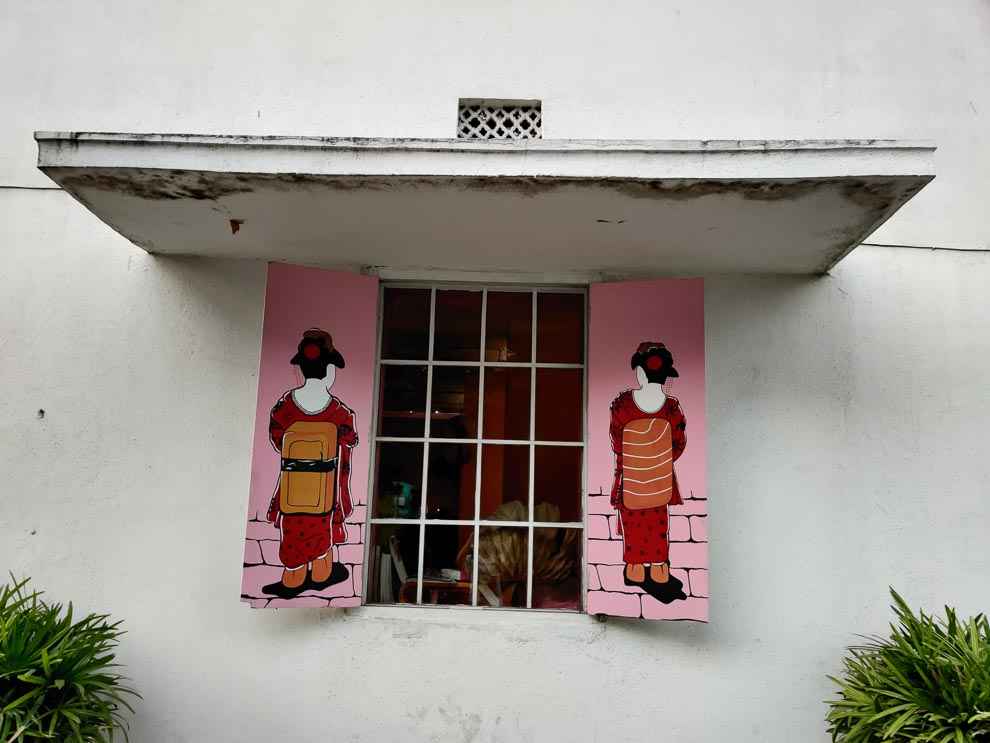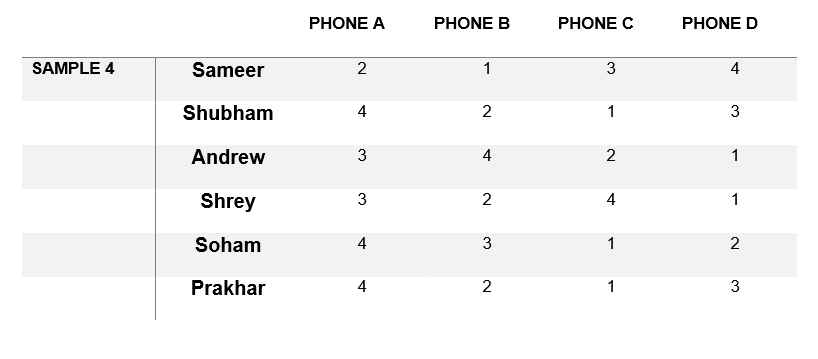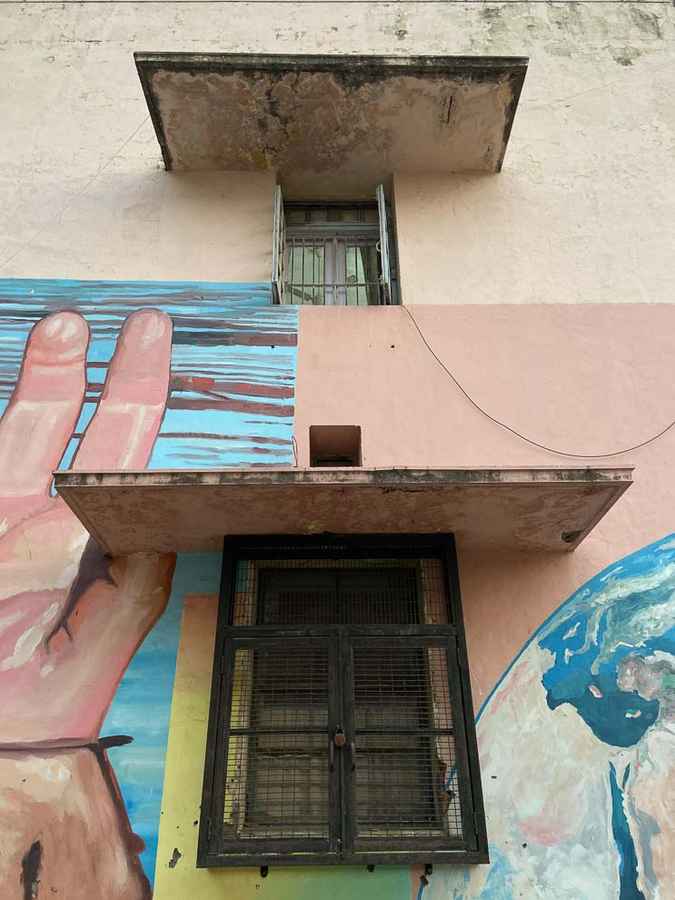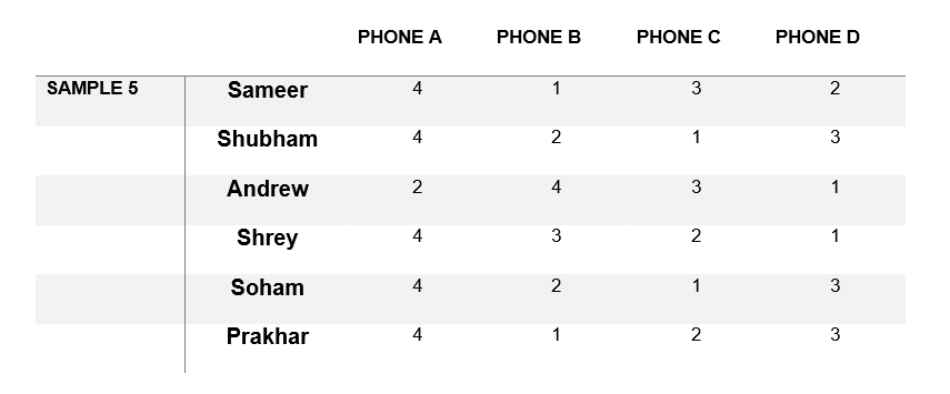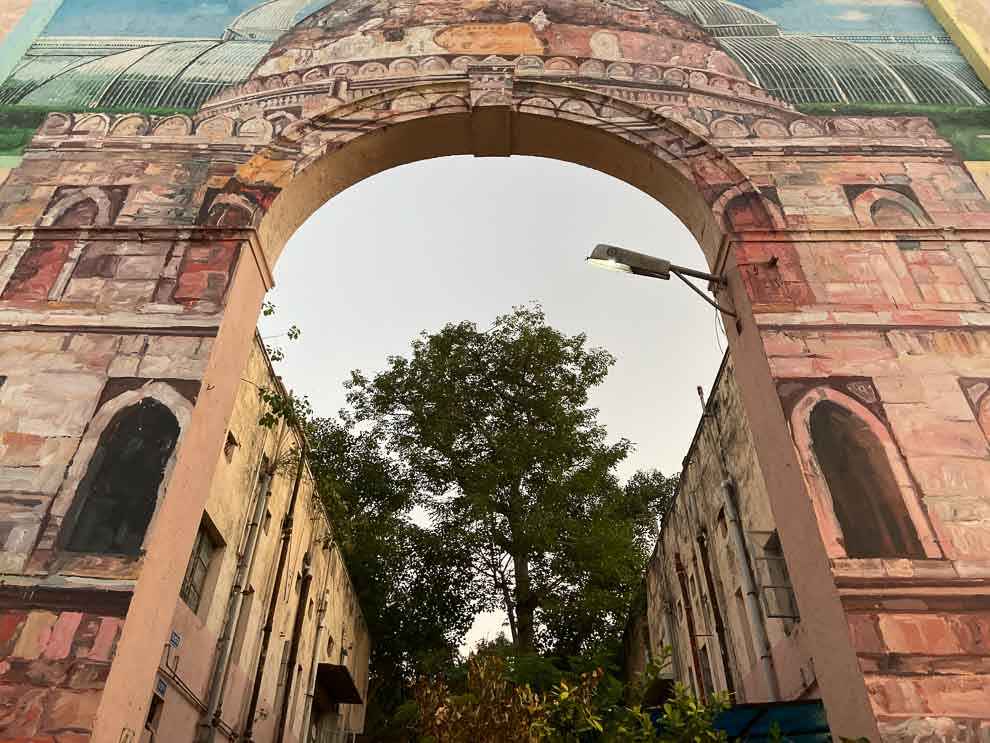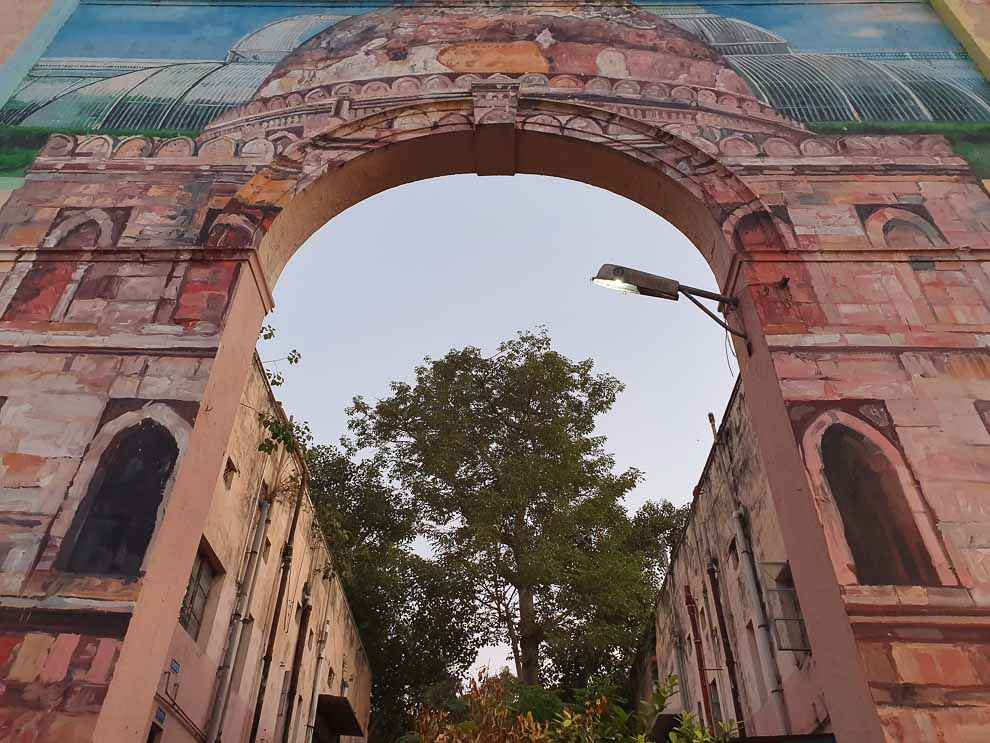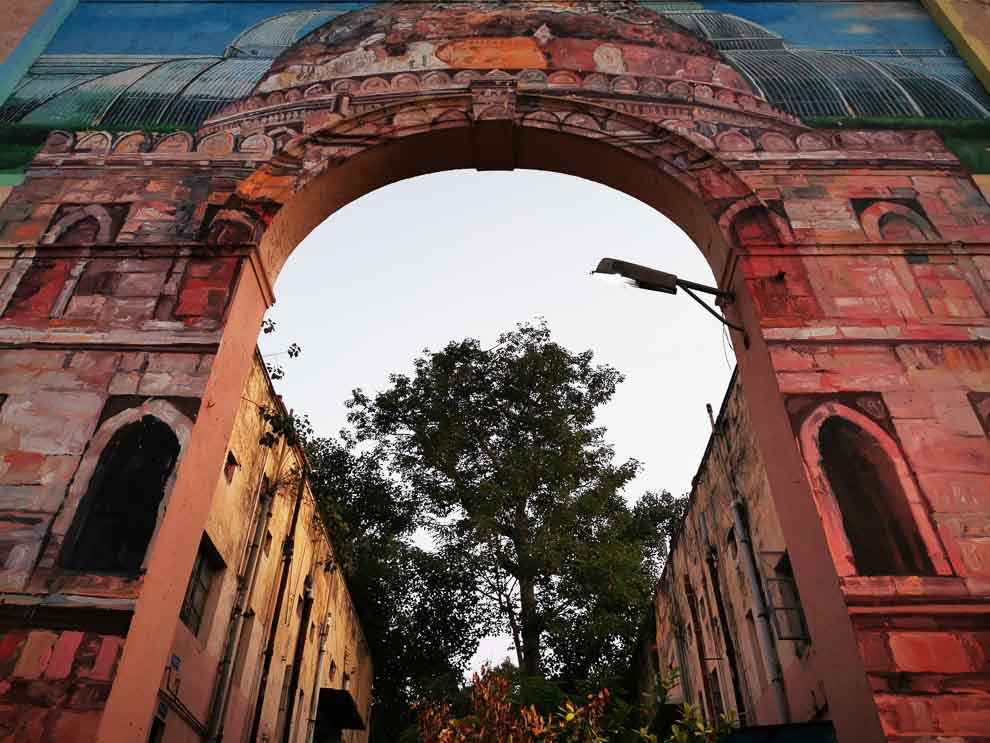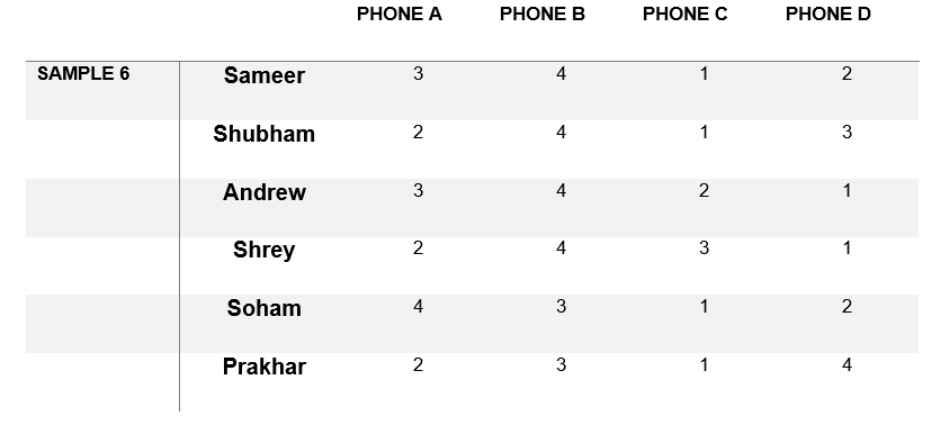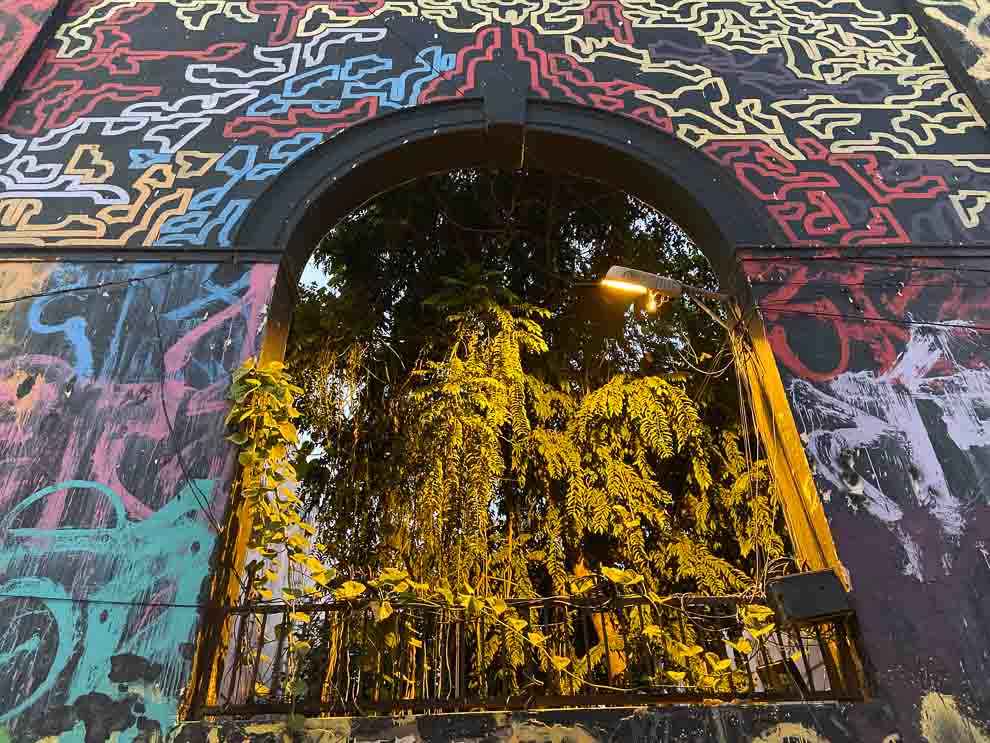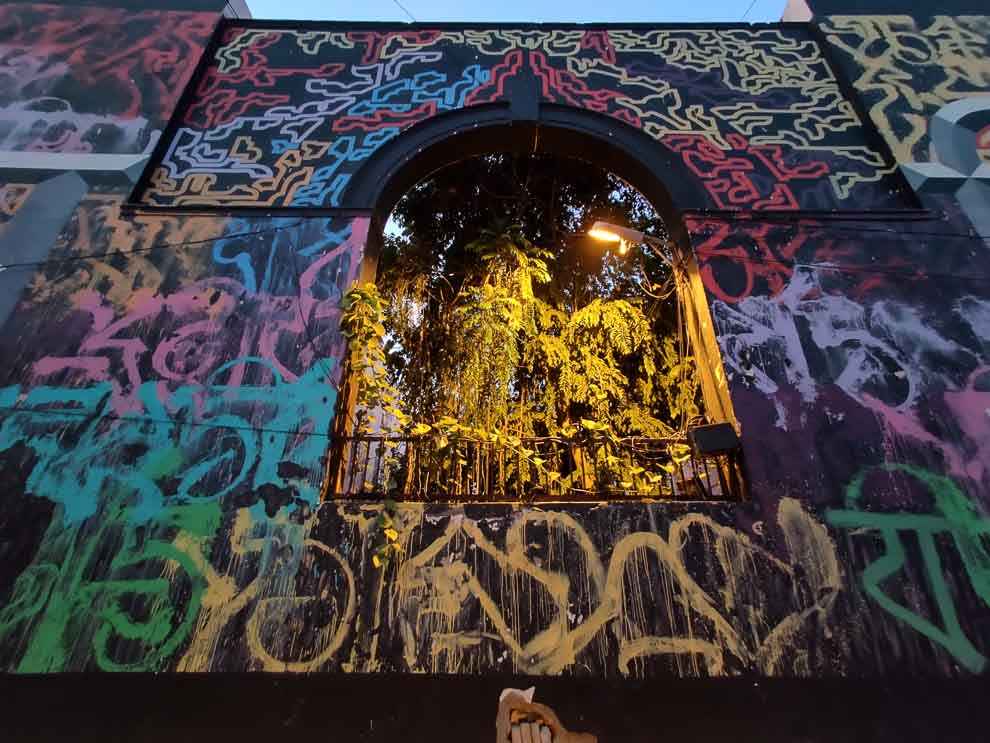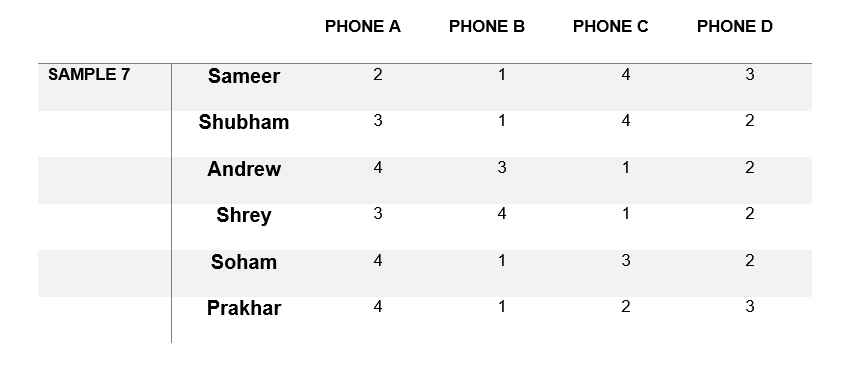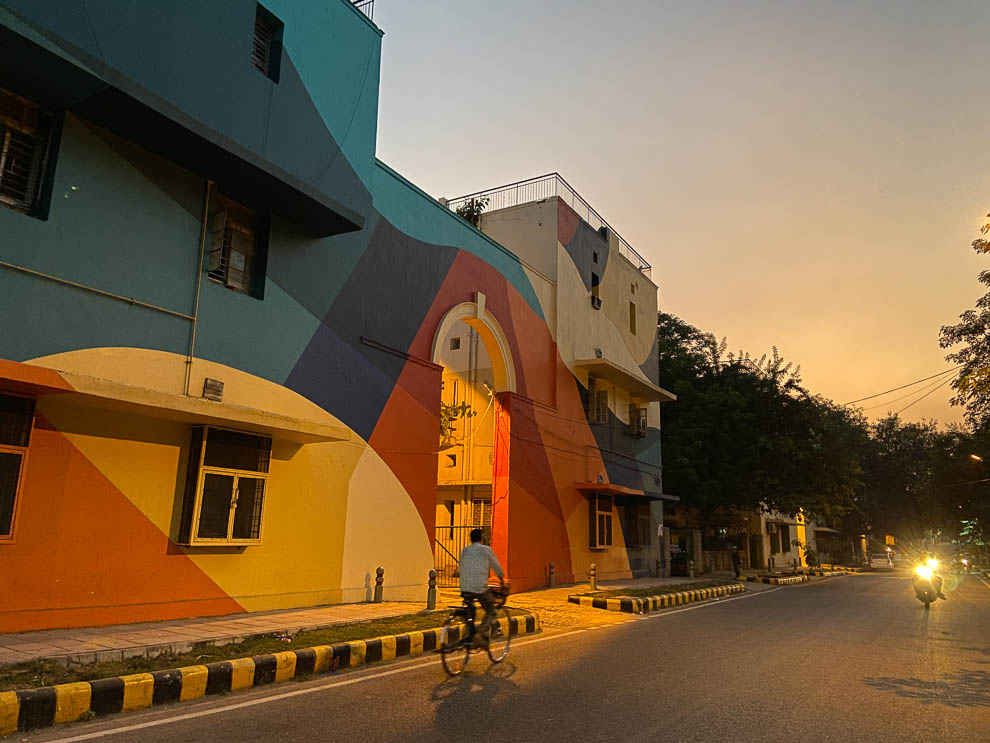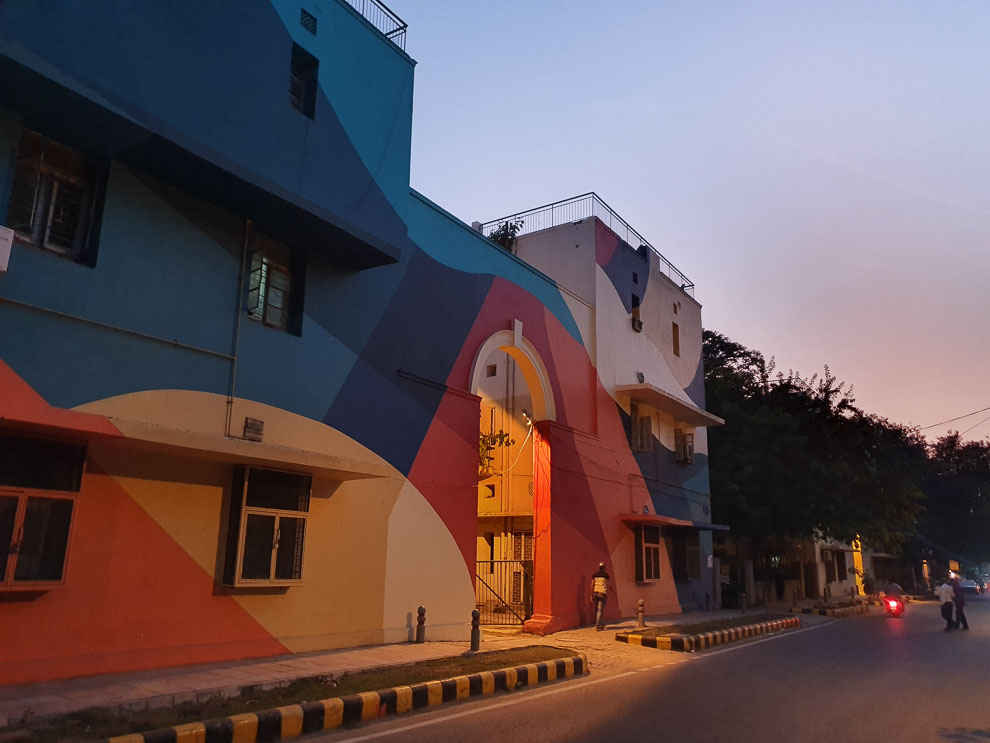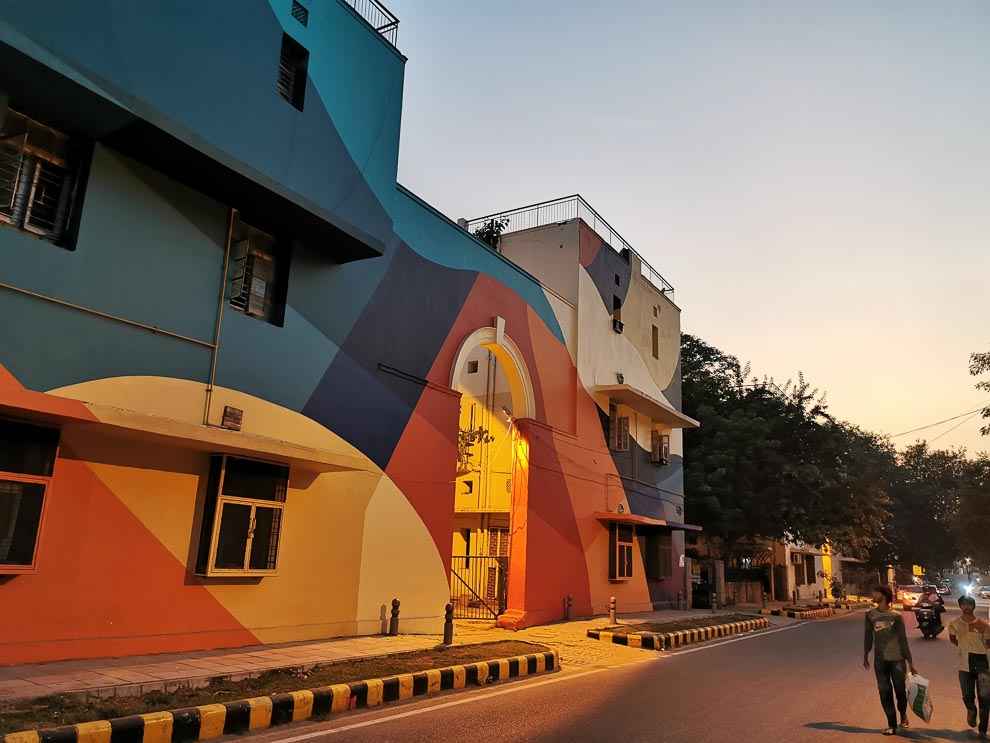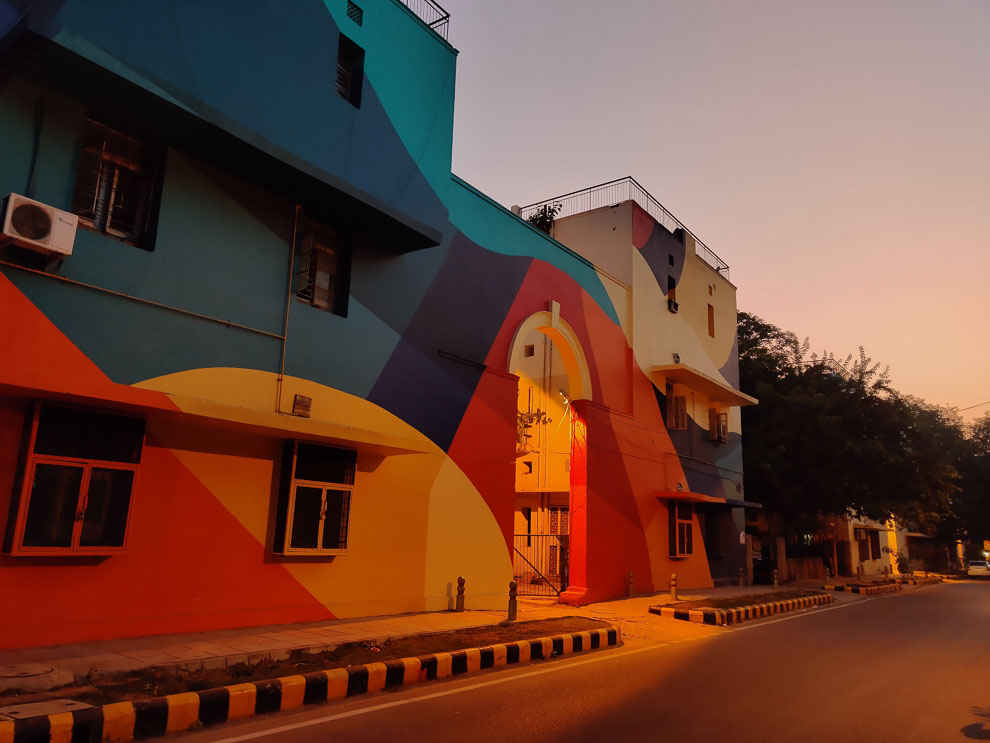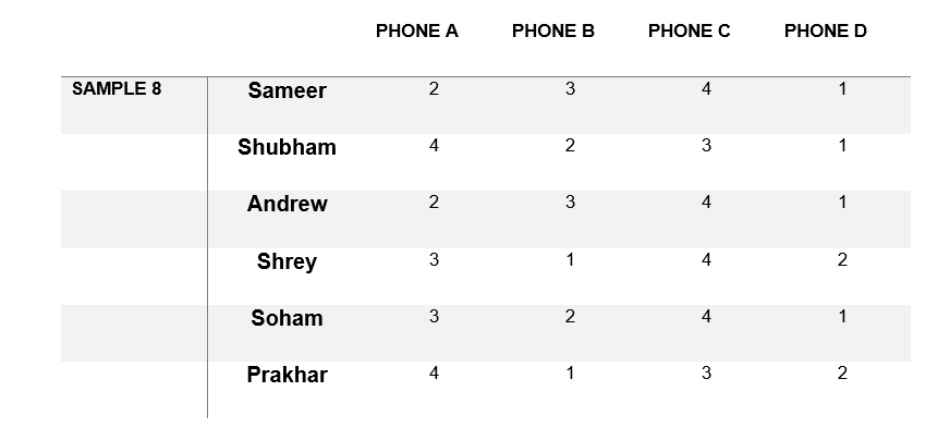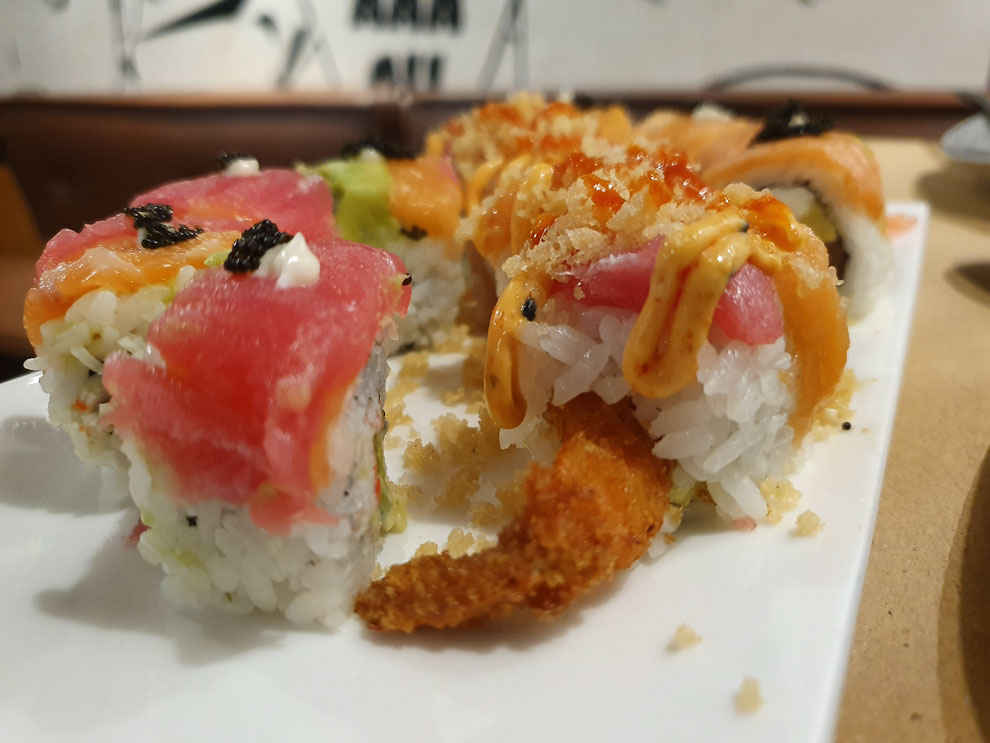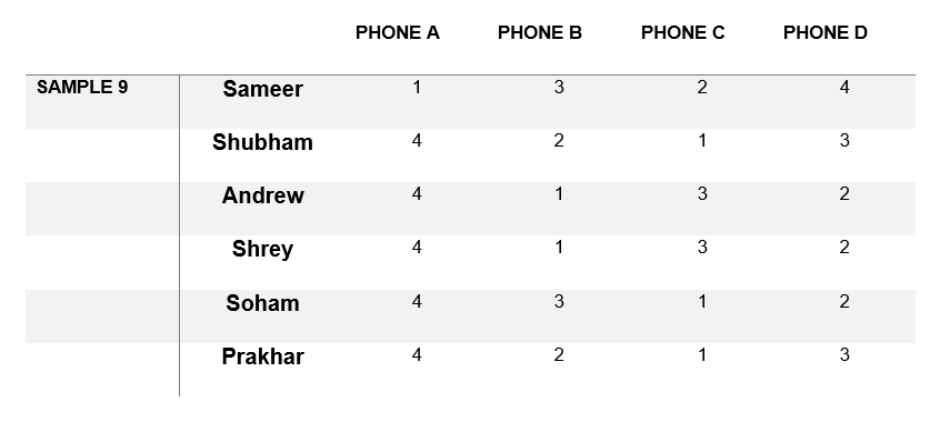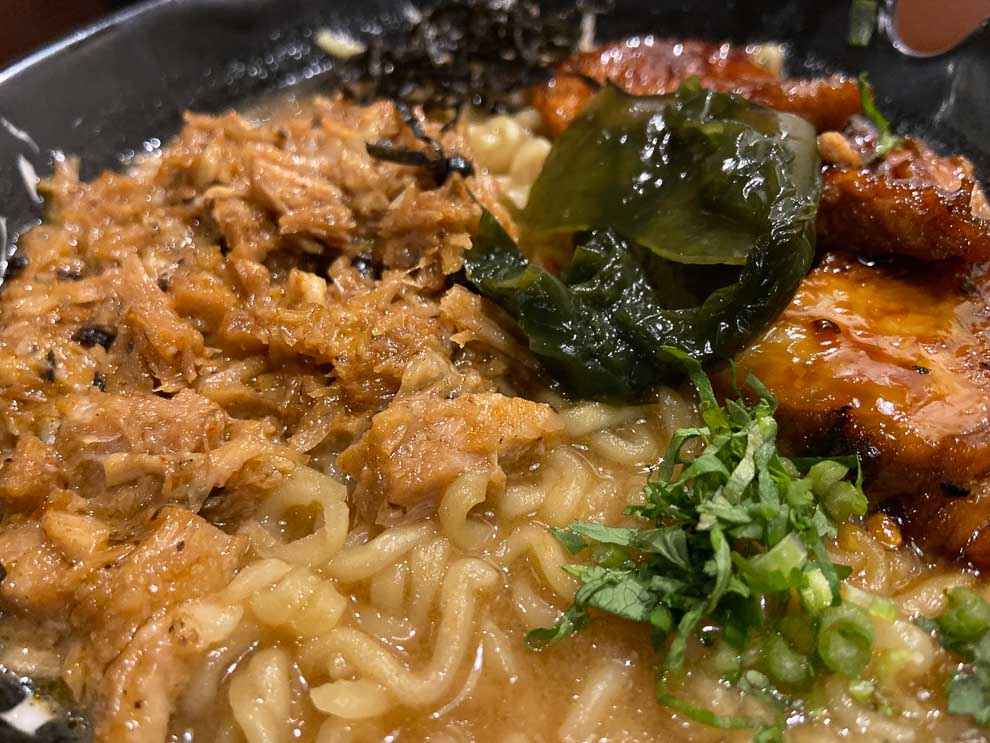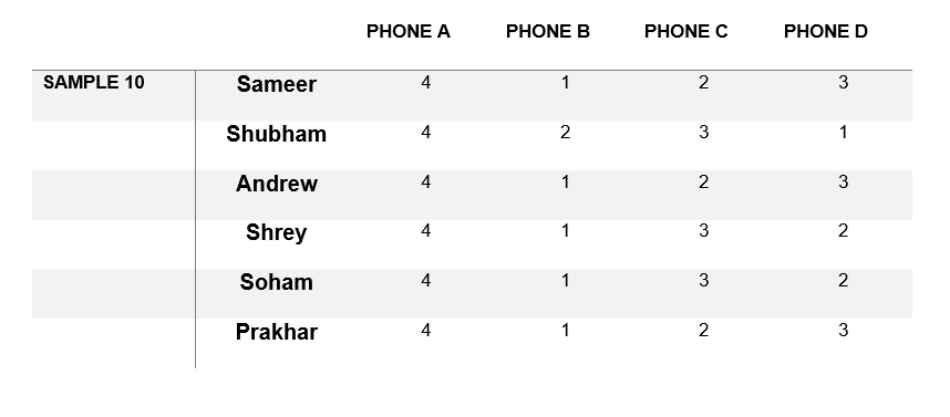iPhone 11 camera comparison with premium flagships: A blind test

We did a blind test with our editorial team to determine which phone takes the best photos.
The iPhone 11 is the default iPhone to buy this year and between this and the iPhone XR, the most important upgrade is in the camera. From a single 12MP camera in the iPhone XR, Apple has added another wide-angle camera in the iPhone 11 that can now take sweeping wide-angle shots. The trend is in-line with what we saw happen in other flagship this year as well. Everyone from Samsung to OnePlus to Huawei added the extra ultra-wide camera giving people more options and flexibility to shoot.
And while there’s hardly anything one can complain about the performance of the new iPhones, it’s mostly the camera quality that should be influencing your decision to buy one. To help with that, we shot a few images around sunset in New Delhi’s Lodhi Art District with the iPhone 11, Huawei P30 Pro, Samsung Galaxy S10 and the OnePlus 7 Pro. We also included photos of a good meal we had after the shoot and later, we serialised the photos, removing the names and exif information and did a blind test with our editorial team.
Before we look at the results, let us quickly glance over the camera hardware each of these premium flagship sport —
iPhone 11 vs Samsung Galaxy S10 vs Huawei P30 Pro vs OnePlus 7 Pro camera specs
While the iPhone 11 adds a second camera at the back, the Huawei P30 Pro comes with a quad-camera setup while the Samsung Galaxy S10 and the OnePlus 7 Pro rock triple-camera setups at the back. Interestingly, both the iPhone 11 and the Samsung Galaxy S10 refused to get into the trend of installing high-res sensors. Instead, they retained the 12MP resolution, the pixel pitch, and the camera aperture. The P30 Pro and the OnePlus 7 Pro, on the other hand, relies on 40MP and 48MP cameras respectively in the primary camera. The 40MP sensor on the P30 Pro is custom-designed by Huawei in collaboration with Leica and comes with some unique customisations to improve photo quality. The OnePlus 7 Pro’s 48MP camera is the Sony IMX586 that’s found in a lot more phones these days. Additionally, all four phones rock the ultra-wide lens with the same 120-degree field-of-view but only the P30 Pro come with auto-focus in the ultrawide lens. Additionally, the OnePlus 7 Pro, the Huawei P30 Pro and the Galaxy S10 also rock dedicated telephoto lens which is also there on the more expensive iPhone 11 Pro. All four of them also come with dedicated Night Mode and HDR processing along with portrait mode.
Now that we know what each phone is capable of, let’s take a look at the samples —
The Blind Test
To pick a winner, we renamed the phones as following —
iPhone 11 – Phone A
Samsung Galaxy S10 – Phone B
Huawei P30 Pro – Phone C
OnePlus 7 Pro – Phone D
10 samples were shared in a Google Drive in their native resolution with exif data scrubbed from the files. The images were viewed in large displays and not on other phones. After that, participants ranked the phones from 4 to 1 with 4 being the best and 1, the worst. The results for each sample are displayed in the tables below.
Sample 1
iPhone 11 (f/1.8, 1/30s, ISO 320)
Samsung Galaxy S10 (f/1.5, 1/50s, ISO400)
Huawei P30 Pro (f/1.6, 1/30s, ISO 320)
OnePlus 7 Pro (f/1.65, 1/20s, ISO 800)
Results:
Sample 2
iPhone 11 (f/1.8, 1/200s, ISO 20)
Samsung Galaxy S10 (f/2.2, 1/60s, ISO 50)
Huawei P30 Pro (f/2.2, 1/200, ISO 50)
OnePlus 7 Pro (f/2.2, 1/100s, ISO 125)
Results:
Sample 3
iPhone 11 (f/2.4, 1/125s, ISO 60)
Samsung Galaxy S10 (f/2.2, 1/100s, ISO 50)
Huawei P30 Pro (f/2.2, 1/100s, ISO 64)
OnePlus 7 Pro (f/2.2, 1/100, ISO 320)
Results:
Sample 4
iPhone 11 (f/1.8, 1/60s, ISO 200)
Samsung Galaxy S10 (f/2.4, 1/50s, ISO 400)
Huawei P30 Pro (f/1.6, 1/50s, ISO 200)
OnePlus 7 Pro (f/1.65, 1/30, ISO 500)
Results:
Sample 5
iPhone 11 (f/1.8, 1/50s, ISO 320)
Samsung Galaxy S10 (f/1.5, 1/50s, ISO 320)
Huawei P30 Pro (f/1.6, 1/50s, ISO 320)
OnePlus 7 Pro (f/1.65, 1/25, ISO 800)
Results:
Sample 6
iPhone 11 (f/1.8, 1/50s, ISO 200)
Samsung Galaxy S10 (f/2.4, 1/50s, ISO 320)
Huawei P30 Pro (f/1.6, 1/50s, ISO 200)
OnePlus 7 Pro (f/1.65, 1/30s, ISO 500)
Results:
Sample 7
iPhone 11 (f/1.8, 1/25s, ISO 500)
Samsung Galaxy S10 (f/1.5, 1/50s, ISO 800)
Huawei P30 Pro (f/1.6, 1/30s, ISO 400)
OnePlus 7 Pro (f/1.65, 1/15, ISO 2500)
Results:
Sample 8
iPhone 11 (f/1.8, 1/50s, ISO 500)
Samsung Galaxy S10 (f/1.5, 1/50s, ISO 400)
Huawei P30 Pro (f/1.6, 1/50s, ISO 320)
OnePlus 7 Pro (f/1.65, 1/20s, ISO 400)
Results:
Sample 9
iPhone 11 (f/1.8, 1/50s, ISO 500)
Samsung Galaxy S10 (f/1.5, 1/50s, ISO 400)
Huawei P30 Pro (f/1.6, 1/50s, ISO 320)
OnePlus 7 Pro (f/1.65, 1/20s, ISO 800)
Results:
Sample 10
iPhone 11 (f/1.8, 1/30s, ISO 500)
Samsung Galaxy S10 (f/1.5, 1/50s, ISO 800)
Huawei P30 Pro (f/1.6, 1/30s, ISO 400)
OnePlus 7 Pro (f/1/6.5, 1/20s, ISO 1250)
Results:
Conclusion
To be honest, we performed the blind test because most flagships like to do things their own way, and each would claim their approach to be the best you can get. Analysing every sample from the phones by pixel-peeping and nitpicking would have also revealed a winner but that would have come down just my preference. Roping in other members of the team who have had their fair share of experience analysing photos helped even out the inherent bias I would have had. From the analysis, it's clear the iPhone 11 is indeed everyone's favourite, echoing what the rest of the world is saying about the new flagship. Interestingly, the least preferrend is the Huawei P30 Pro. Out of the four popular flagships of the year, Huawei's customised 40MP has the least number of takers and my belief is primarily because of its aggressive AI algorithm which keeps boosting the contrast and saturation levels. The Samsung Galaxy S10 and the OnePlus 7 Pro lie in between with more preference to the former.
Overall, the blind test so far indicates that the iPhone's imaging algorithm rings true with the experts in the house. The iPhone 11 relies on complex computational photography combined with custom-designed camera sensors and ISPs to get well-composed natural shots that don't look artificially boosted at all. But then again, as revealed by the test, there will be takers for the other side of the spectrum as well. Those who prefer their photos pre-edited, while you're shooting with just the extra flavour to rake in the social media appreciation.

